Introduction
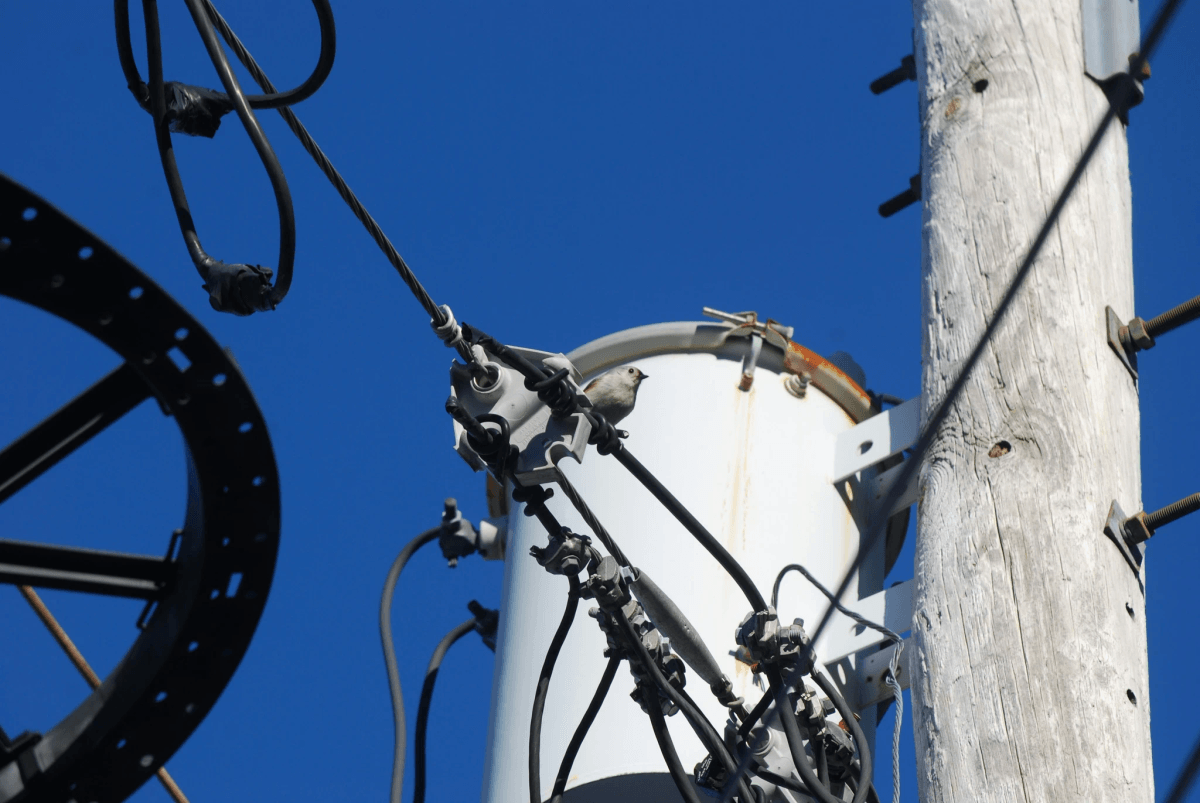
Understanding the Role of Guy Wires
So, what is a guy wire? Essentially, it’s a tensioned cable that helps stabilize vertical structures by anchoring them to the ground or other stable points. The role of guy wires extends beyond mere aesthetics; they absorb lateral forces and maintain the integrity of installations, especially in environments prone to high winds or seismic activity.
Key Components of Guy Wire Setup
Every successful utility pole guy wire installation relies on specific hardware and components designed for durability and functionality. From anchors to tensioners and fittings, understanding guy wire hardware is key for effective setup. Each part plays a critical role in ensuring that your installation can withstand environmental pressures while remaining safe for public use.
Benefits of Proper Installation
The benefits of proper installation cannot be overlooked; they include enhanced safety, reduced maintenance costs, and increased lifespan for utility poles. A well-executed installation minimizes risks associated with structural failure, which can lead to costly repairs or even accidents. Additionally, knowing whether your project needs guy wires can save time and resources while maximizing efficiency.
What is a Guy Wire?

Guy wires are essential components in the world of construction and utility management, acting as unsung heroes for stability. They serve a crucial purpose by providing support to structures that need extra reinforcement against environmental forces such as wind and gravity. Understanding what a guy wire is can help you appreciate its role in utility pole guy wire installation and other applications.
Definition and Purpose
A guy wire is essentially a tensioned cable that helps stabilize vertical structures, preventing them from swaying or collapsing under pressure. Its primary purpose is to provide lateral support, ensuring that tall structures like utility poles remain upright and secure. By redistributing the weight and tension, guy wires play an indispensable role in maintaining structural integrity.
Common Applications in Utility Poles
Utility poles are one of the most common applications for guy wires; they help keep these towering giants stable amidst harsh weather conditions. In urban settings, you’ll often find utility pole guy wire installation alongside power lines to ensure safe transmission of electricity. Other applications include radio towers, flagpoles, and even some types of cranes where stability is paramount.
How Guy Wires Stabilize Structures
Guy wires stabilize structures by anchoring them at an angle to the ground or another fixed point, effectively countering any lateral forces they might face. This triangular configuration allows for a distribution of stress across multiple points rather than concentrating it on one single point of failure. When properly employed during installations—like utility pole guy wire installations—these cables can significantly reduce the risk of structural failure due to environmental factors.
Why is it Called a Guy Wire?

When you think about utility poles and their sturdy support systems, the term guy wire often pops up. But have you ever pondered why it's called that? Let’s take a dive into the historical origins of the term, its etymology, and clear up some common misconceptions surrounding this essential component of utility pole guy wire installation.
Historical Origins of the Term
The term guy wire dates back to the 19th century when it was commonly used in nautical contexts. Originally, guy referred to a rope or cable that secured masts on ships, ensuring they remained upright against strong winds. Over time, this terminology transitioned to land-based applications, where it found its place in structures like utility poles that require stability through external support.
The Etymology Behind 'Guy'
The word guy has fascinating roots that trace back to the French word “guie,” meaning a guide or support. This makes sense considering how guy wires serve as guides for stability in various structures. So when asking yourself, What is a Guy Wire? remember that it's not just a quirky name; it's about providing guidance and support where needed most.
Common Misconceptions About the Name
Many people mistakenly believe that guy wire refers to something related to gender or masculinity due to its use of the word guy. However, that's far from the truth! In reality, guy wires are all about structural integrity and safety—regardless of any cultural connotations tied to their name—and they play an essential role in ensuring your installation remains secure and stable.
Does Your Installation Need Guy Wires?
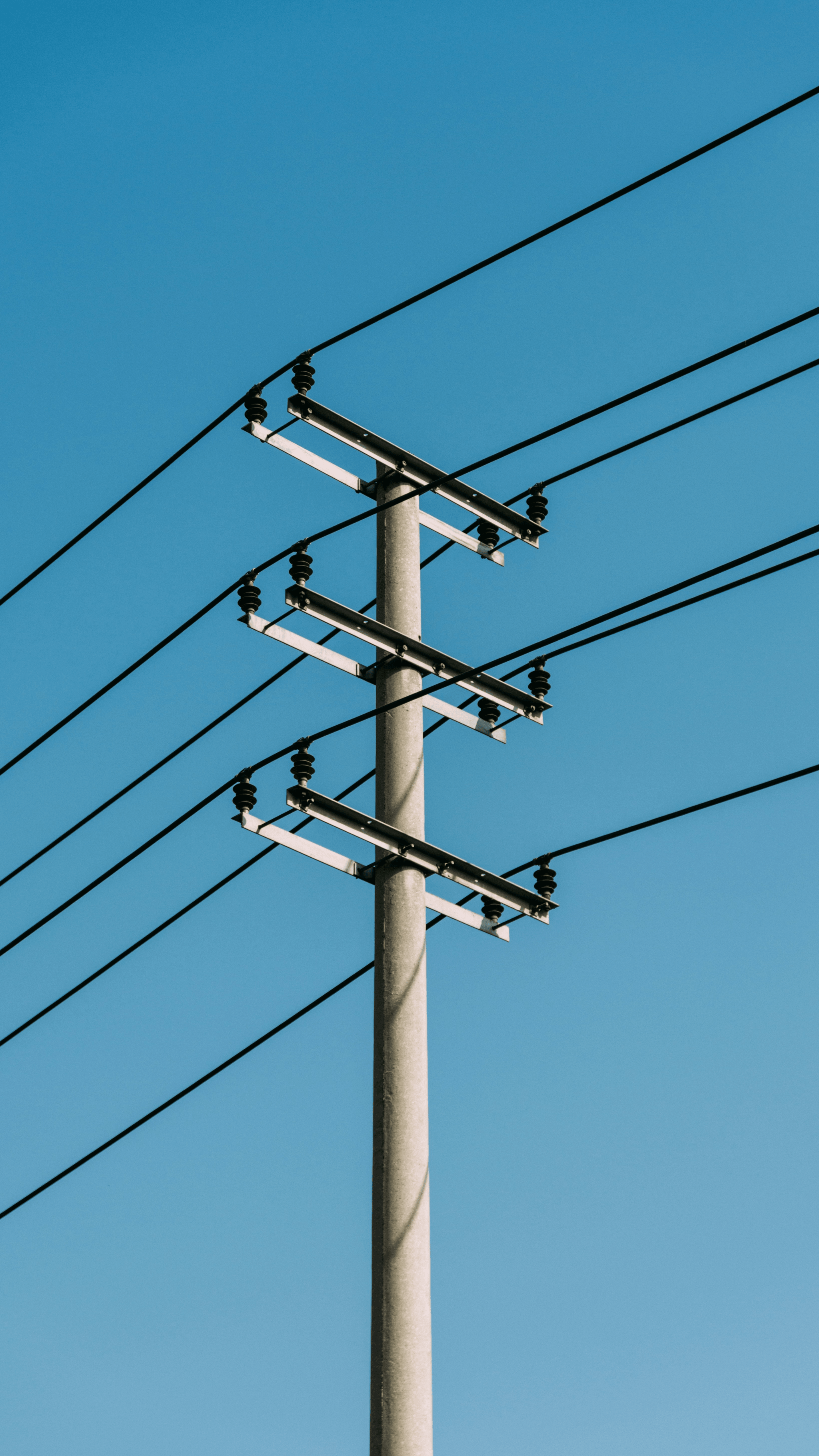
When planning any structure, especially in utility pole guy wire installation, understanding the necessity of guy wires is crucial. These supportive cables play a significant role in ensuring stability and safety. However, not every installation requires them; assessing your specific needs is essential.
Evaluating Stability Requirements
Before diving into a project, it's vital to evaluate the stability requirements of your installation. Consider factors such as height, weight distribution, and environmental conditions like wind or snow load that might affect your utility pole guy wire installation. If your structure is tall or situated in an area prone to strong winds, you may find that using a guy wire becomes not just beneficial but necessary.
Identifying Projects Requiring Support
Certain projects are more likely to require support from guy wires than others. Utility poles are prime candidates for this type of reinforcement due to their height and exposure to various weather conditions. Additionally, temporary structures like construction cranes or antennas also benefit from proper guy wire installation to maintain their integrity during use.
Factors Influencing Guy Wire Necessity
Several factors can influence whether your installation needs guy wires at all. The type of structure you’re building plays a significant role; for instance, lightweight installations might not need the same level of support as heavier ones. Also consider local regulations and codes—sometimes they mandate the use of guy wires for specific types of structures or in particular environments to ensure public safety.
Guy Wire Hardware Explained
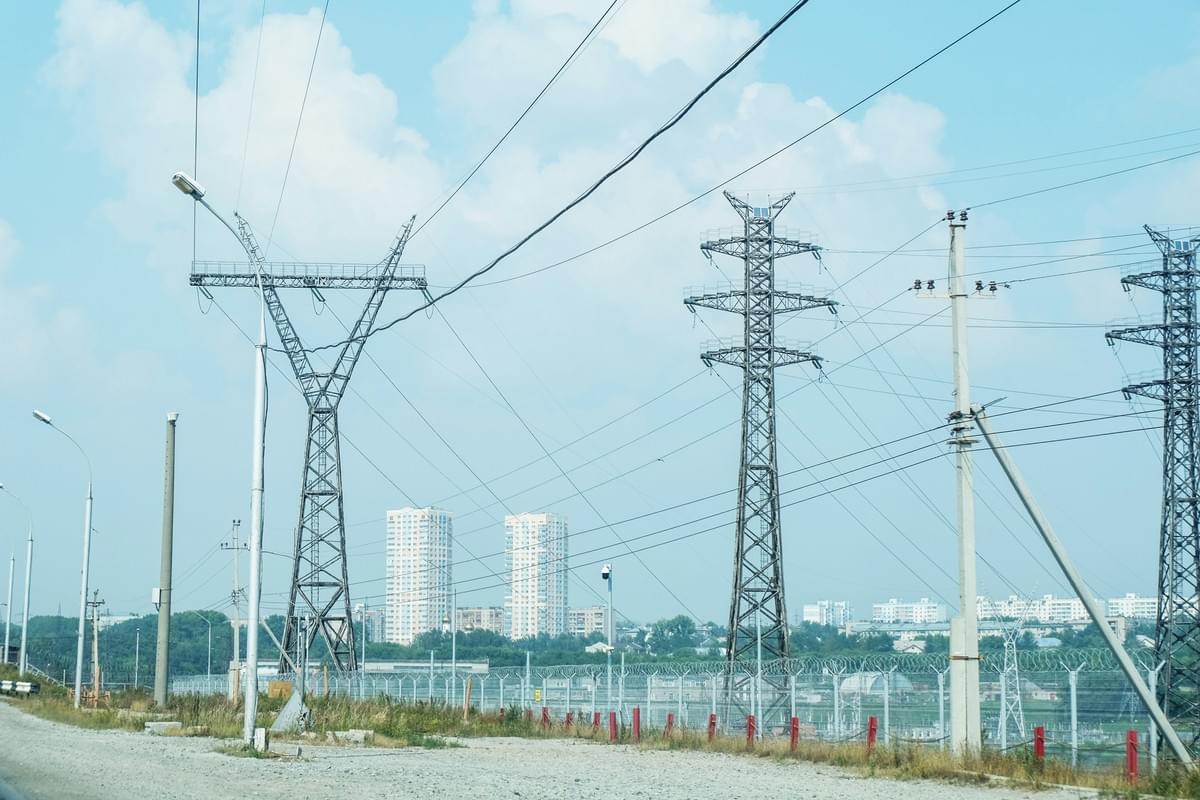
Understanding the hardware involved in utility pole guy wire installation is crucial for ensuring stability and safety. From fittings to tensioning devices, each component plays a vital role in the overall effectiveness of your setup. By familiarizing yourself with these essential components, you can make informed decisions that enhance the durability of your installations.
Overview of Essential Components
These include guy wires themselves, anchors, tensioners, and various fittings that hold everything together. Each piece works synergistically to provide the necessary support and stability to structures like utility poles, ensuring they withstand environmental pressures.
Among these components, guy wires are typically made from high-strength materials such as steel or synthetic fibers designed to resist wear and corrosion. Anchors secure the guy wires into the ground or another stable structure, while tensioners allow for adjustments to maintain optimal tautness in your installation. Understanding how each component functions will help you determine whether your project requires additional support.
Spotlight on Spark Fittings
One commonly used type of hardware in utility pole guy wire installation is spark fittings. These fittings are specifically designed to connect guy wires securely while allowing for some flexibility during wind or other forces acting on the structure. Their unique design helps prevent any electrical arcing that could potentially occur near power lines.
Spark fittings come in various styles and sizes depending on the specific needs of your project; selecting the right type is critical for maintaining safety standards and structural integrity. It's important to ensure that these fittings are compatible with both your guy wire material and size requirements during installation. Properly chosen spark fittings can significantly enhance the effectiveness of how you use a guy wire in stabilizing structures.
Choosing the Right Hardware for Your Project
Choosing appropriate hardware is just as important as understanding what a guy wire is or why it's called a guy wire! The right components not only contribute to safety but also affect long-term performance under varying conditions like wind load or soil stability. Factors such as material strength, compatibility with existing infrastructure, and local regulations should guide your selection process.
When evaluating hardware options for utility pole guy wire installation, consider consulting with top manufacturers who specialize in this area; their insights can lead you toward quality products tailored for specific applications. Additionally, pay attention to warranties offered by manufacturers; this often reflects their confidence in product durability and performance over time. Ultimately, making informed choices about hardware will ensure that your installations stand strong against nature's elements.
How to Install a Guy Wire?
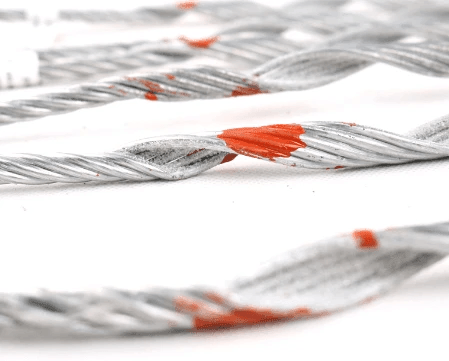
Installing a guy wire is a crucial part of ensuring the stability and safety of structures such as utility poles. Understanding the installation process can greatly enhance your project’s success and longevity. In this section, we’ll break down the steps for utility pole guy wire installation, highlight essential safety precautions, and list the necessary tools.
Step-by-Step Installation Process
The first step in utility pole guy wire installation is to assess the site where you intend to install the guy wires. You need to determine the best angle and length for your guy wires based on the height of the utility pole and environmental factors like wind load. Once you've marked your locations, you can begin by digging holes for anchor points that will secure your guy wires firmly to the ground.
Next, it’s time to install any required hardware, which may include anchors or tensioners that are essential for proper support. After securing these components, attach one end of each guy wire to the hardware at ground level before raising it up towards the utility pole. Finally, use appropriate tensioning methods to ensure that each wire is taut but not overly tight; this balance is crucial for effective stabilization.
Safety Considerations During Installation
Safety should always be your top priority when learning how to install a guy wire. First off, make sure you wear proper personal protective equipment (PPE), including hard hats and gloves, especially if you're working near live electrical lines associated with utility poles. Additionally, it's vital to check weather conditions before starting—windy or stormy days can increase risks during installation.
Be aware of your surroundings as well; avoid working near heavy machinery or other hazards that could pose danger during setup. Ensure that all team members are briefed on emergency protocols in case something goes awry during installation—communication can save lives! Lastly, always follow manufacturer guidelines regarding Guy Wire Hardware specifications; using incorrect materials can lead to catastrophic failures.
Tools You Will Need for the Job
Before diving into your project on how to use a guy wire effectively, gather all necessary tools so you're fully prepared for installation day. Essential tools typically include a shovel for digging anchor holes, a level for ensuring proper alignment of poles and wires, and wrenches or pliers for tightening hardware connections securely.
You may also need specialized equipment like cable cutters if you're working with high-tension cables or winches if heavy lifting is involved during setup. Don’t forget about measuring tapes; accurate measurements are key when determining lengths and angles in any utility pole guy wire installation project! By having all these tools on hand beforehand, you'll streamline your workflow and minimize delays.
Top Guy Wire Manufacturer Insights
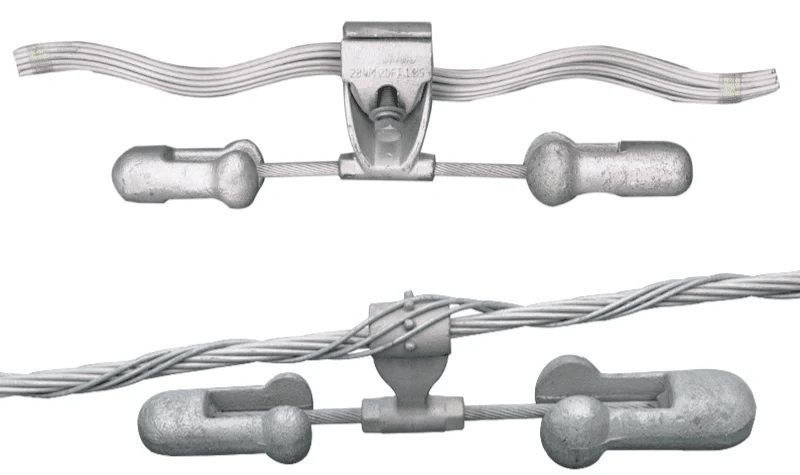
Leading Brands in the Industry
Some of the top guy wire manufacturers include companies like Southwire, General Cable, and Preformed Line Products. Each brand brings its own strengths to the table, whether it's in product variety, innovative designs, or customer support. When considering utility pole guy wire installation, these brands are often at the forefront due to their reputation for durability and reliability.
Quality Considerations When Choosing a Manufacturer
Quality is paramount when selecting a manufacturer for your guy wire needs. Look for companies that adhere to industry standards and testing protocols to ensure their products can withstand environmental stresses. Additionally, consider factors such as material strength and corrosion resistance; after all, you don't want your installation compromised by subpar hardware when you're asking yourself questions like Does your installation need guy wires?
The Role of Innovation in Guy Wire Production
Innovation plays a crucial role in advancing guy wire technology and enhancing safety during installations. Manufacturers are continuously developing new materials and designs that improve performance while reducing costs associated with utility pole guy wire installation. From more efficient production techniques to advanced tensioning systems, staying up-to-date with these innovations can help you make informed decisions about how to use a guy wire effectively.
Conclusion
In wrapping up our exploration of guy wires, it’s clear that these unsung heroes play a crucial role in ensuring stability for structures like utility poles. Understanding what a guy wire is and its various applications helps highlight their importance in maintaining safety and reliability. From historical origins to modern installations, the significance of guy wires cannot be overstated.
Recap of Guy Wire Importance
Guy wires are essential for providing support and stability to tall structures, particularly utility poles that bear heavy loads of cables and other equipment. Without proper installation of these wires, the risk of structural failure increases significantly, leading to potential hazards for both the infrastructure and the public. So, whether you’re pondering What is a Guy Wire? or considering Does Your Installation Need Guy Wires?, it's vital to recognize their critical role in engineering safety.
Essential Hardware for Effective Installation
Key components such as anchors, tensioners, and spark fittings ensure that your setup remains secure under various weather conditions. Therefore, understanding How to use a Guy Wire? effectively involves familiarizing yourself with the necessary hardware that supports your installation efforts.
Final Thoughts on Safe Utility Pole Practices
As we conclude this discussion on guy wires, remember that safety should always be your top priority during any installation process. Knowing How to Install a Guy Wire? correctly can prevent accidents and ensure long-lasting stability for your structures. Finally, staying informed about top guy wire manufacturers can help you choose quality materials that enhance the safety and durability of your utility pole installations.

